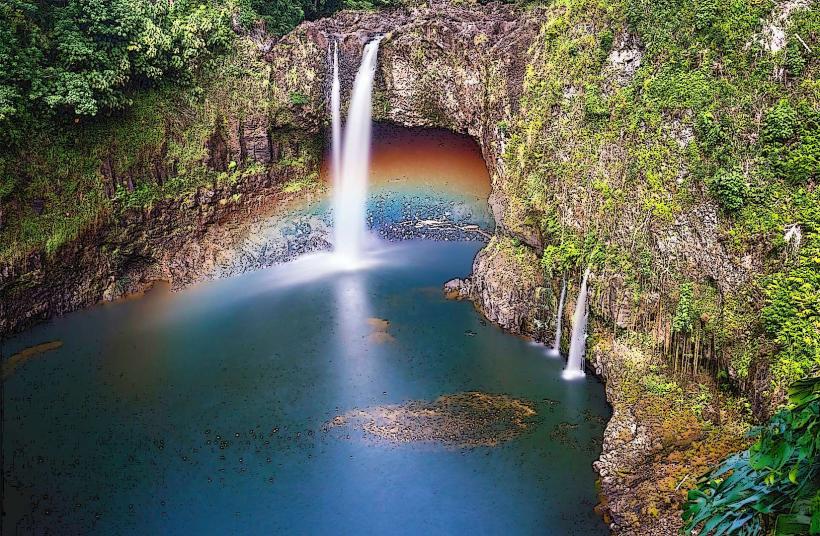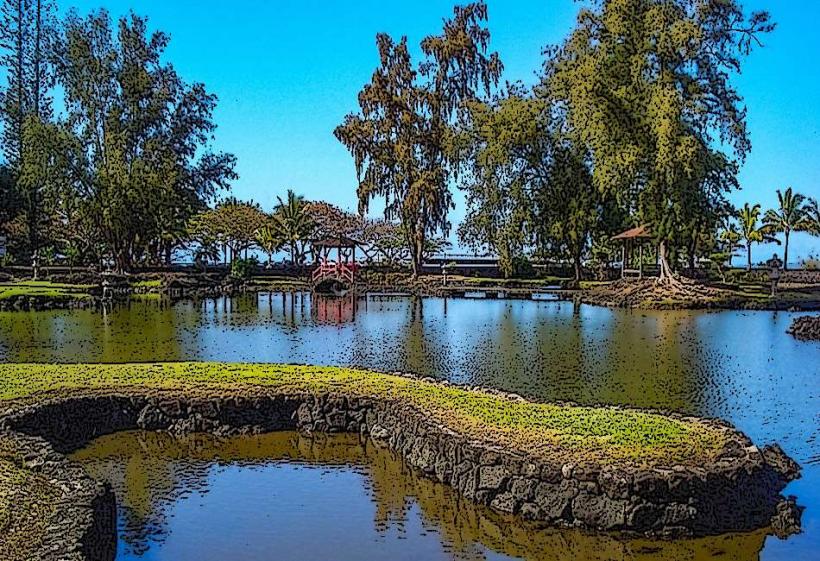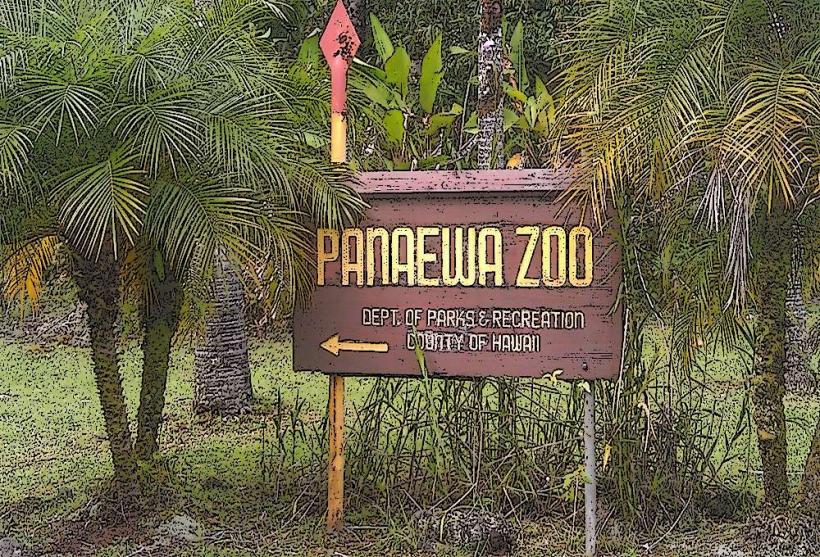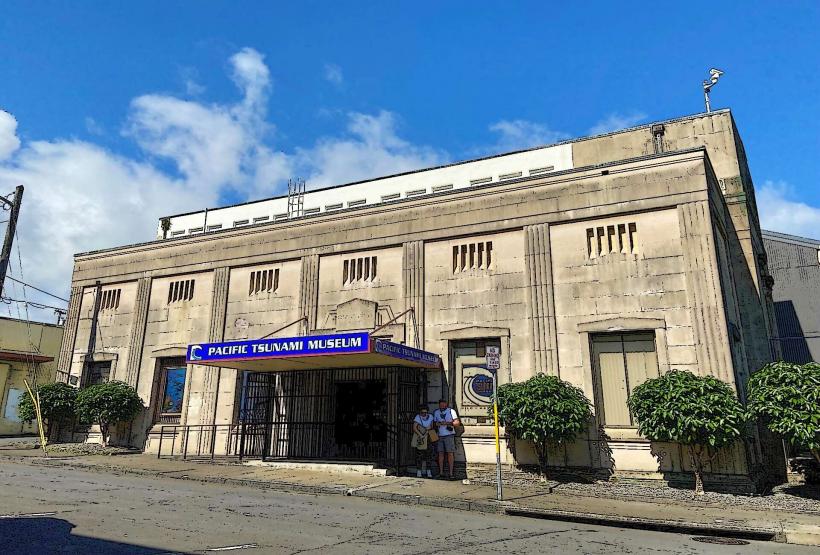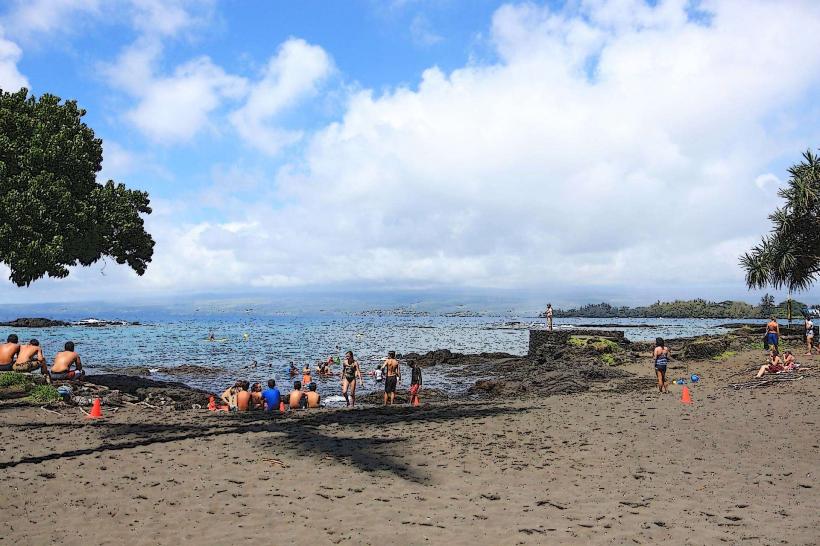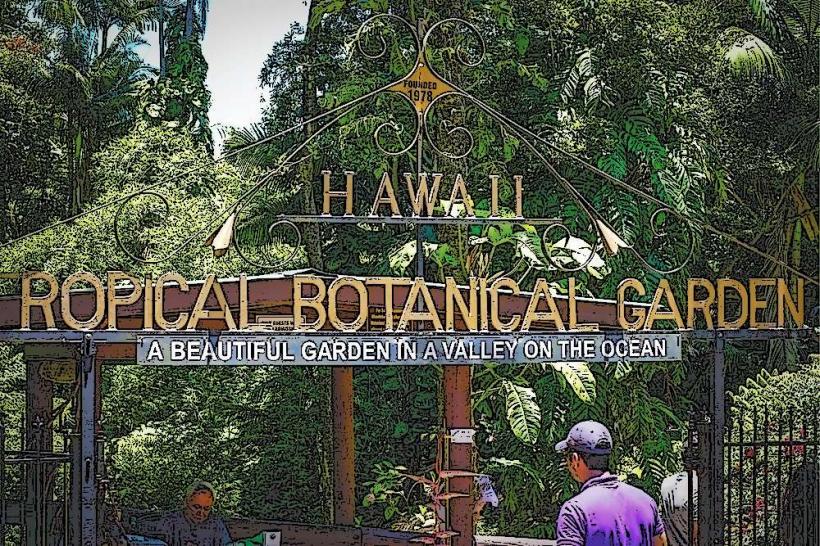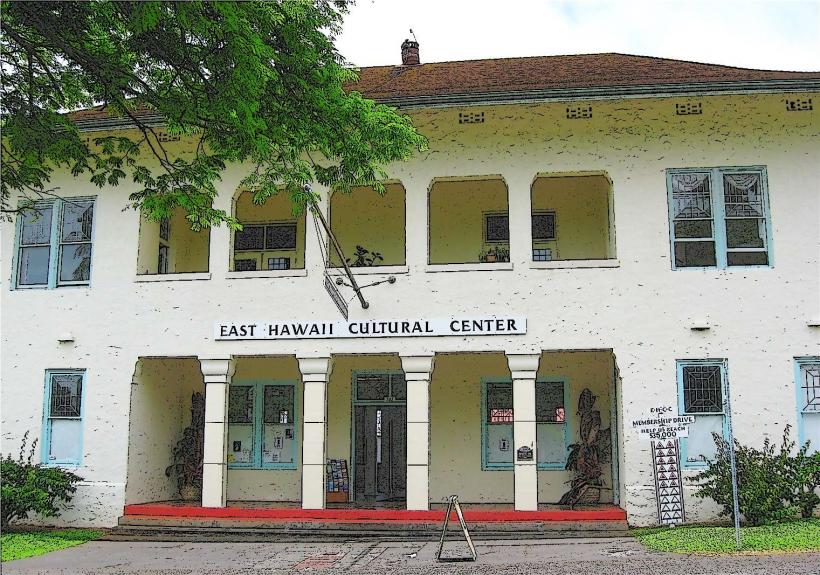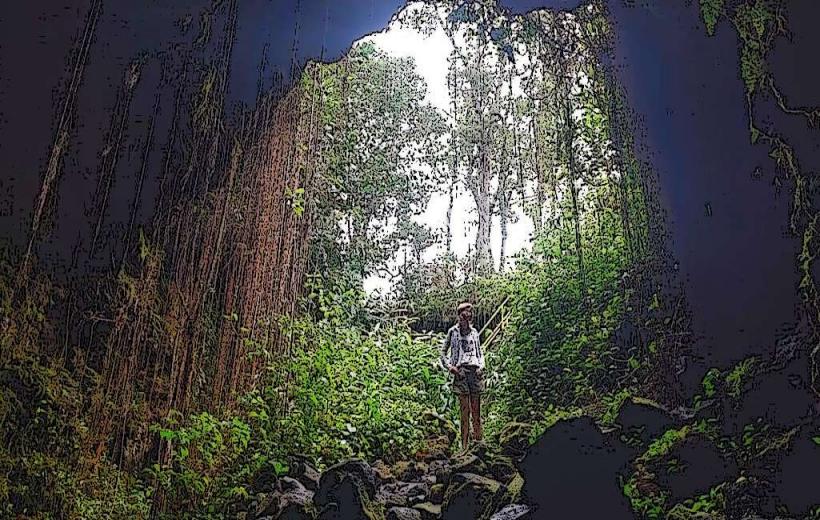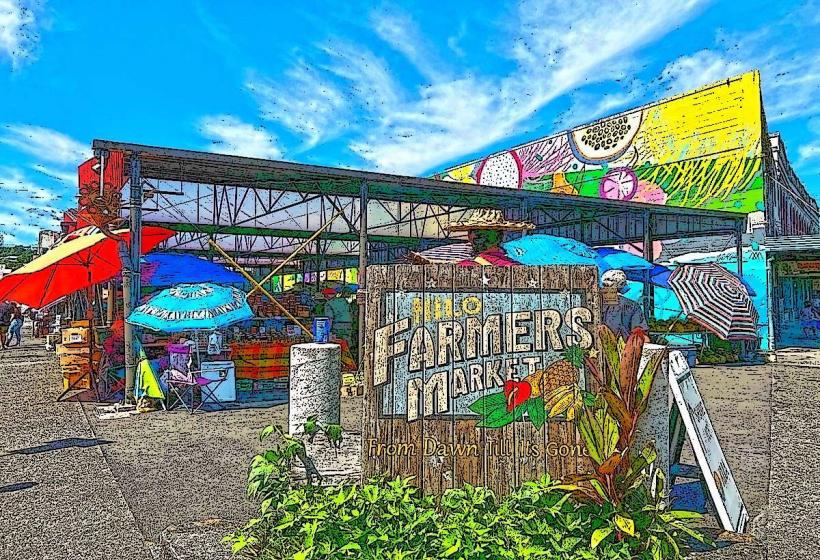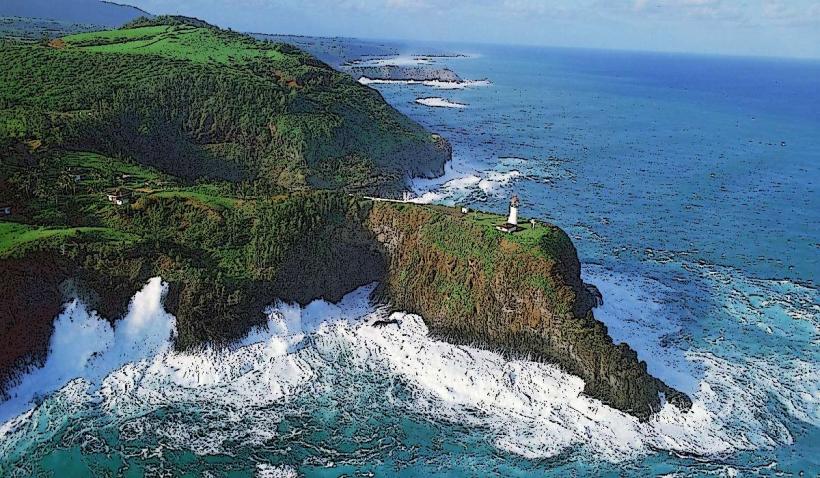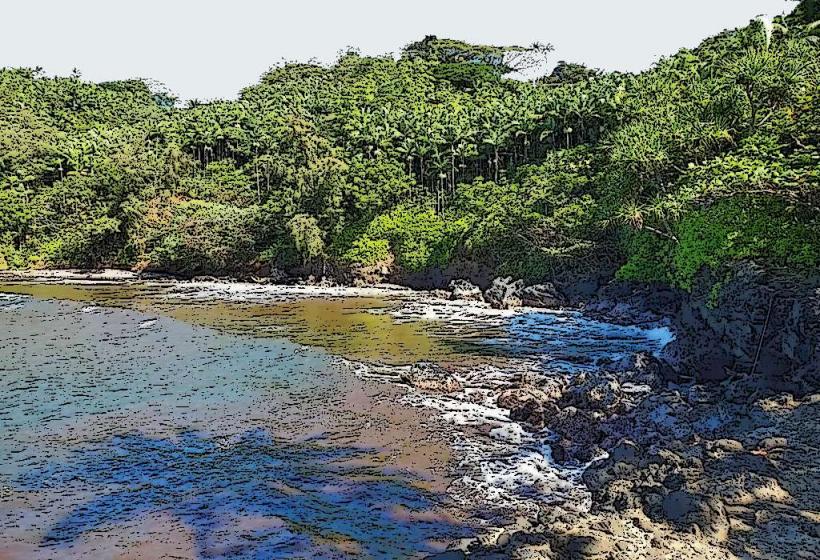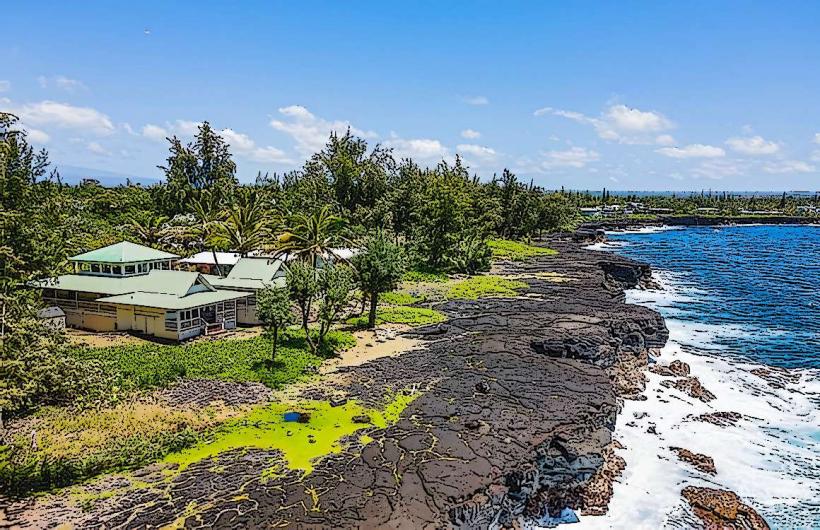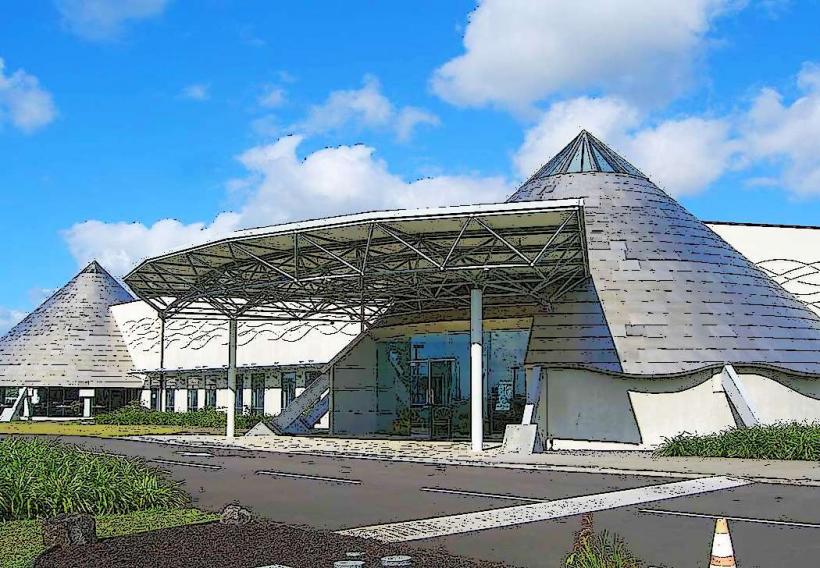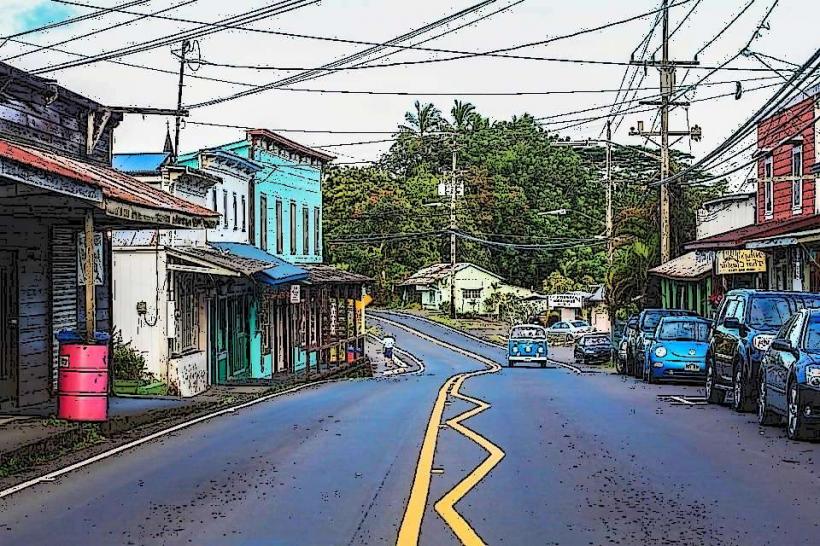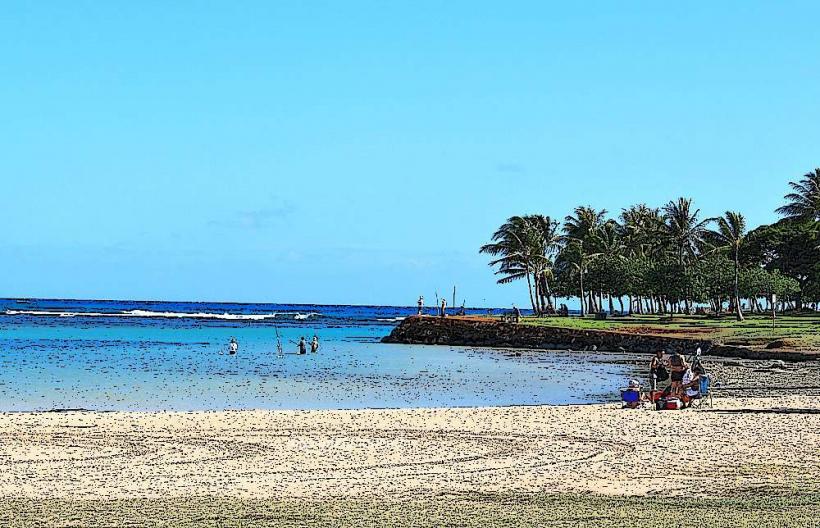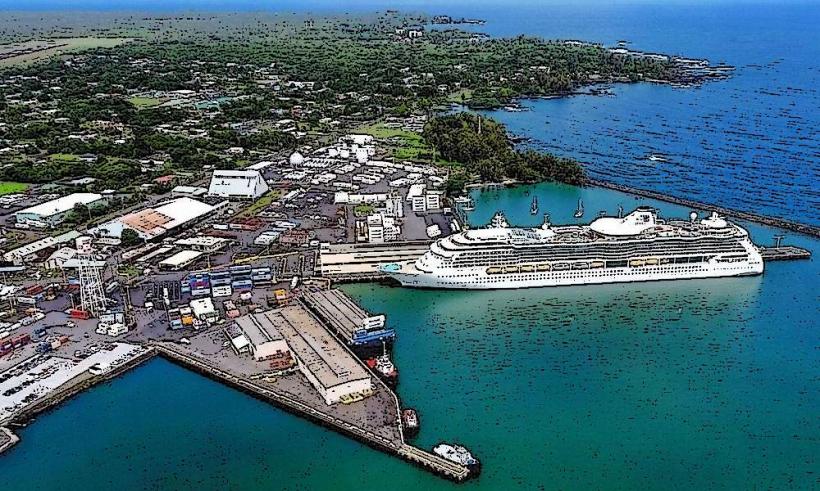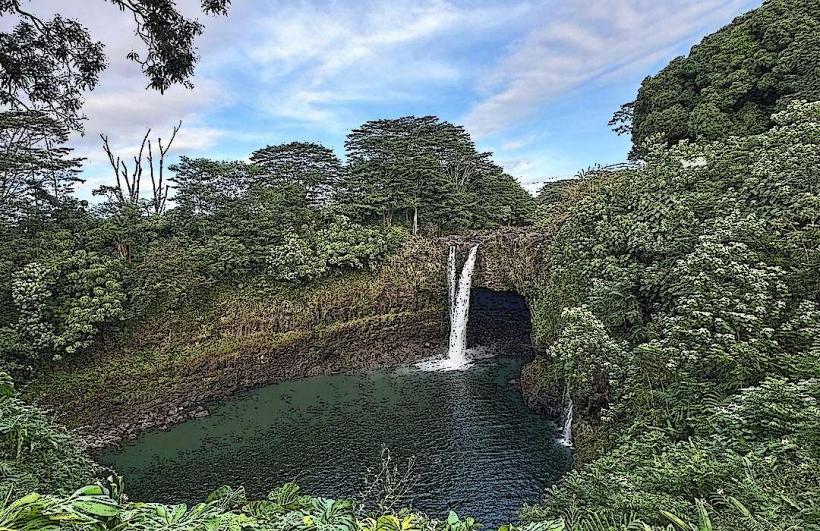Information
Landmark: Mauna LoaCity: Hilo
Country: USA Hawaii
Continent: North America
Mauna Loa: The Largest Volcano on Earth
Location:
Mauna Loa is located on the Big Island of Hawaii, encompassing much of the island's landmass. It is part of Hawai'i Volcanoes National Park, which is about 30 miles southwest of Hilo and 96 miles southeast of Kona.
Overview of Mauna Loa
- Type of Volcano: Shield volcano
- Height: 13,681 feet (4,170 meters) above sea level
- When measured from its base on the seafloor, Mauna Loa is over 33,500 feet (10,210 meters) tall, making it the tallest mountain on Earth.
- Area: Covers 5,271 square kilometers (2,035 square miles), roughly 50% of the Big Island.
- Eruption History:
- Mauna Loa is one of the most active volcanoes in the world, with 33 documented eruptions since 1843.
- Its most recent eruption occurred in November 2022, a dramatic event after nearly 40 years of dormancy.
Mauna Loa's enormous size and relatively gentle slopes result from its status as a shield volcano, characterized by highly fluid lava flows.
Geological Significance
Formation:
- Mauna Loa began forming over a million years ago, fueled by the Hawaiian hot spot under the Pacific Plate. Its gradual, dome-like shape comes from frequent eruptions of basaltic lava.
Global Impact:
- Mauna Loa’s eruptions have influenced global climate in the past. Large eruptions can release significant amounts of gases, such as carbon dioxide and sulfur dioxide, which may affect weather patterns.
Connection to Hawaiian Culture:
- In Hawaiian mythology, Mauna Loa is home to Pele, the goddess of volcanoes and fire. It plays a significant role in the spiritual and cultural life of Native Hawaiians.
Features of Mauna Loa
1. Summit (Moku‘āweoweo Caldera)
- The summit features the Moku‘āweoweo Caldera, a massive volcanic crater spanning nearly 3 miles.
- It is accessible via challenging hikes like the Mauna Loa Observatory Trail or Mauna Loa Summit Trail.
2. Flows and Lava Fields
- Mauna Loa’s lava flows are extensive and have shaped much of the Big Island’s landscape.
- Many flows reached the sea, forming new land and altering ecosystems.
3. Mauna Loa Observatory
- Located at an elevation of 11,135 feet, this research station monitors atmospheric conditions and volcanic activity.
- It plays a key role in global climate studies, particularly in measuring carbon dioxide levels.
4. Volcanic Vents
- Eruptions often occur along rift zones:
- Northeast Rift Zone: Most eruptions head toward Hilo.
- Southwest Rift Zone: Flows often head toward the Kona coast.
Activities and Attractions
1. Hiking
Mauna Loa Summit Trail:
- A strenuous, multi-day hike to the summit, starting at the Mauna Loa Observatory.
- Requires proper preparation and permits for backcountry camping.
- Offers incredible views of the caldera, lava fields, and other volcanic features.
Shorter Trails:
- Trails like the Pu‘u Ula‘ula (Red Hill) Trail provide shorter hikes with stunning views.
2. Volcano Viewing
- During eruptions, Mauna Loa attracts visitors eager to witness lava flows. Viewing points within Hawai'i Volcanoes National Park provide safe access.
3. Stargazing
- At high elevations, Mauna Loa offers clear, dark skies perfect for observing stars, planets, and the Milky Way.
4. Educational Experiences
- The Hawai'i Volcanoes National Park Visitor Center provides exhibits and ranger-led programs about Mauna Loa’s geology, eruptions, and cultural importance.
Visitor Information
Best Time to Visit
- Summer Months (May to October):
- Ideal for hiking and exploring due to warmer temperatures and clearer weather.
- Winter Months (November to April):
- Cooler temperatures and possible snow at the summit. Trails may be icy or inaccessible.
Entry Requirements
- Permits:
- Permits are required for backcountry hiking and camping.
- Park Entry Fee:
- Access to Mauna Loa is included with the entry fee to Hawai'i Volcanoes National Park ($30 per vehicle for a 7-day pass).
Safety Tips
- Altitude Sickness:
- The summit and observatory are at high elevations, which may cause symptoms of altitude sickness. Take time to acclimate.
- Weather Preparedness:
- Temperatures can drop below freezing at the summit, even in summer. Dress in layers and bring rain gear.
- Lava Safety:
- Always heed park warnings and stay out of restricted areas near active lava flows.
Nearby Attractions
Kīlauea Volcano:
- Neighboring Mauna Loa, Kīlauea is another active volcano in Hawai'i Volcanoes National Park.
Thurston Lava Tube (Nāhuku):
- A walkable lava tube located within the park’s rainforest.
Chain of Craters Road:
- A scenic drive through past lava flows and volcanic features.
Hilo Town:
- A charming nearby town with markets, gardens, and waterfalls.
Why Visit Mauna Loa?
Mauna Loa is more than just a geological wonder; it’s a living, breathing symbol of Hawaii’s natural power and beauty. Whether you're exploring its rugged trails, gazing at the stars, or witnessing the transformation of lava into new land, Mauna Loa offers a profound experience of nature’s creativity and majesty. It’s a must-visit destination for adventurers, scientists, and anyone intrigued by the forces that shape our planet.

